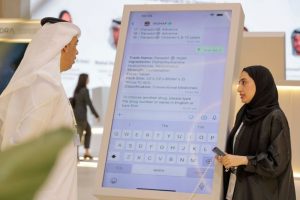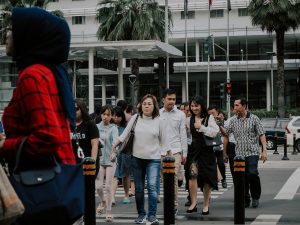“Myopia is a disease, not an inconvenience.”
That was the key message Dr Foo Li Lian of Singapore National Eye Centre. She spoke to Medical Channel Asia on the sidelines of the 3rd Asia-Pacific Myopia Management Symposium (APMMS) by CooperVision.
APMMS was held in Marriott Taipei in Taiwan this year and in partnership with Universal Eye Center Taiwan. The hybrid event brought together more than 2,000 eye care professionals from across the region to discuss the latest in Myopia management.
Myopia is an unseen pandemic
A study shared by Dr Wu Pei Chang from Taiwan showed that the COVID-19 pandemic was instrumental in driving myopia rates up especially in children. Fueled by e-classes, increased device usage, and the lack of outdoor activities, statistics of myopia in children took a sharp turn upwards.
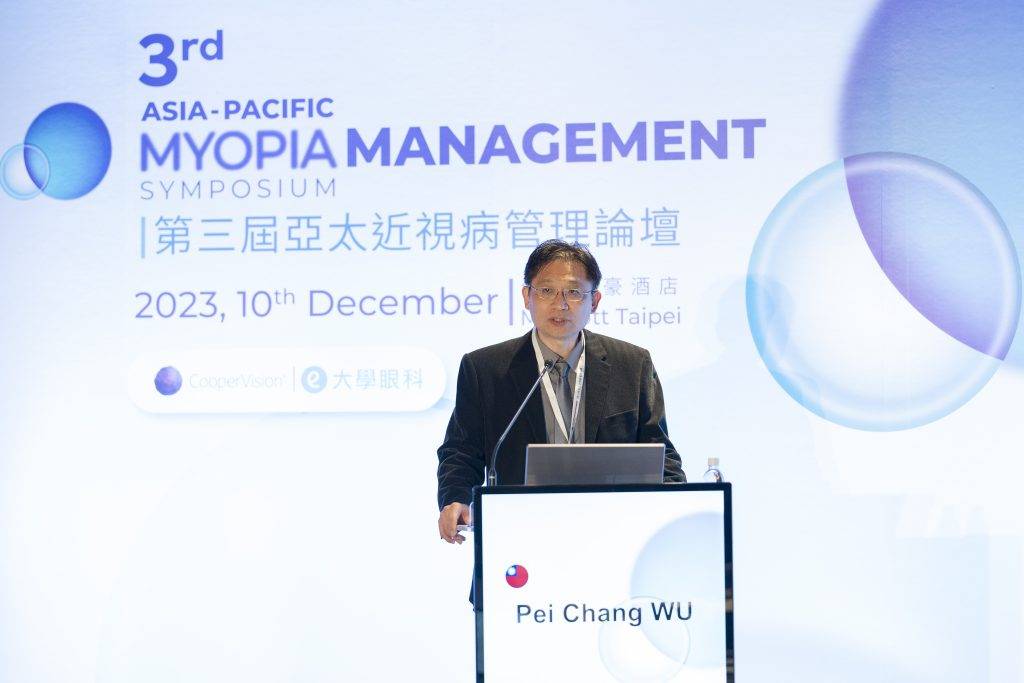
Those ominous statistics seemed a harbinger of worse to come as Prof Nicola Logan of Aston University shared that 1 in 2 persons in the world will be myopic by 2050. In developed countries like Singapore, Taiwan and Japan, myopia is as high as 80% of the population at 18 years of age.
The World Health Organization (WHO) has also declared myopia as a “major health burden” and states that “increased time spent indoors and increased ‘near work’ activities are leading to more people suffering from myopia.”
“Our biggest challenge, is for people to be aware that myopia should be treated as a disease and that there are treatment options available to slow down or stop myopia,” said Kathy Park, President of CooperVision APAC.
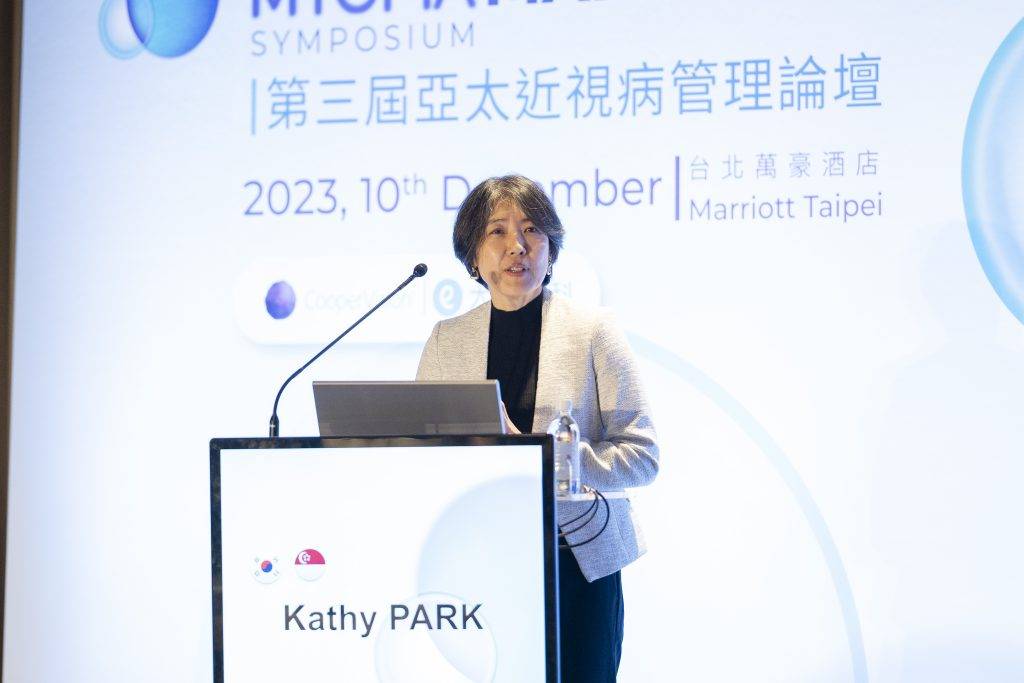
Dr Lin Pi Jun, CEO of Universal Eye Center (UEC) Group which has 13 clinics in Taiwan and 11 in mainland China, said, “The science of myopia control has been developed with evidence-based studies just in recent years, so a lot of eye care practitioners are still not fully aware about the options available for effective myopia care.”

Changing the focus for myopia
Myopia is often seen as a mere inconvenience that was inevitable if your parents were myopic, but eye care professionals are banding together to change the narrative of myopia control and prevention.
“I think we still need to convince a lot of people in government, regulators, practitioners and parents that myopia is a real problem,” said Dr Mark Bullimore.
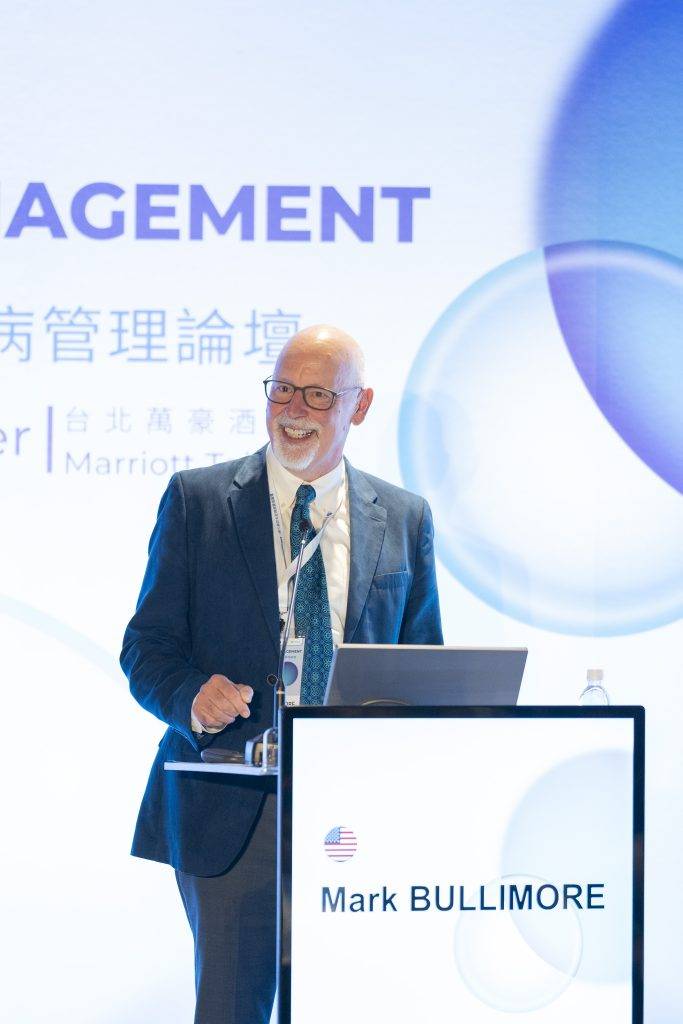
“Myopia will lead to a lot higher complications later in life. For example, the risk of retina detachment increases by 30% with each diopter of myopia. The big “baddie” is myopia macular degeneration, which is a disease of the retina, and we don’t have any way to treat it. Ultimately the patient becomes visually impaired.”
At APMMS organised by CooperVision, the eye care professionals actively discussed the efficacy of treatment options and lifestyle modifications needed to arrest this wildfire spread of myopia, especially in developed nations. Through a series of presentations and panel discussions, the full-day event spanned discussions on prevalence rates and combination therapies for myopia.
“Too many parents think of myopia as just an inconvenience, and some even delay the start of vision correction (such as wearing spectacles) for their children, thinking erroneously that it is simply habit-forming and that the child’s vision will somehow get worse from starting treatment,” said Dr Foo. “We need to actively work to spread awareness and change the narrative of Myopia prevention and control.”
Challenges to treating myopia
Various treatment options like Ortho-K lenses and Atropine eye drops with proven clinical efficacy have been available as myopia treatment options for many years. However, the real-world application of these treatments and their effectiveness are ultimately subject to patient compliance.
The FDA-approved MiSight 1-day lenses by CooperVision have emerged as a solution to the issue of compliance with good efficacy for children.
“In our 7-year trial for MiSight, we saw really impressive levels of compliance for MiSight. Because these are contact lenses, once they are put in, they stay in place, and there is less removal and replacement compared to spectacles. We’ve seen that it is common to wear 10+ hours a day and sometimes even up to 16 hours of wear during the trials,” said Shila Gupta, General Manager for Myopia Management at CooperVision.
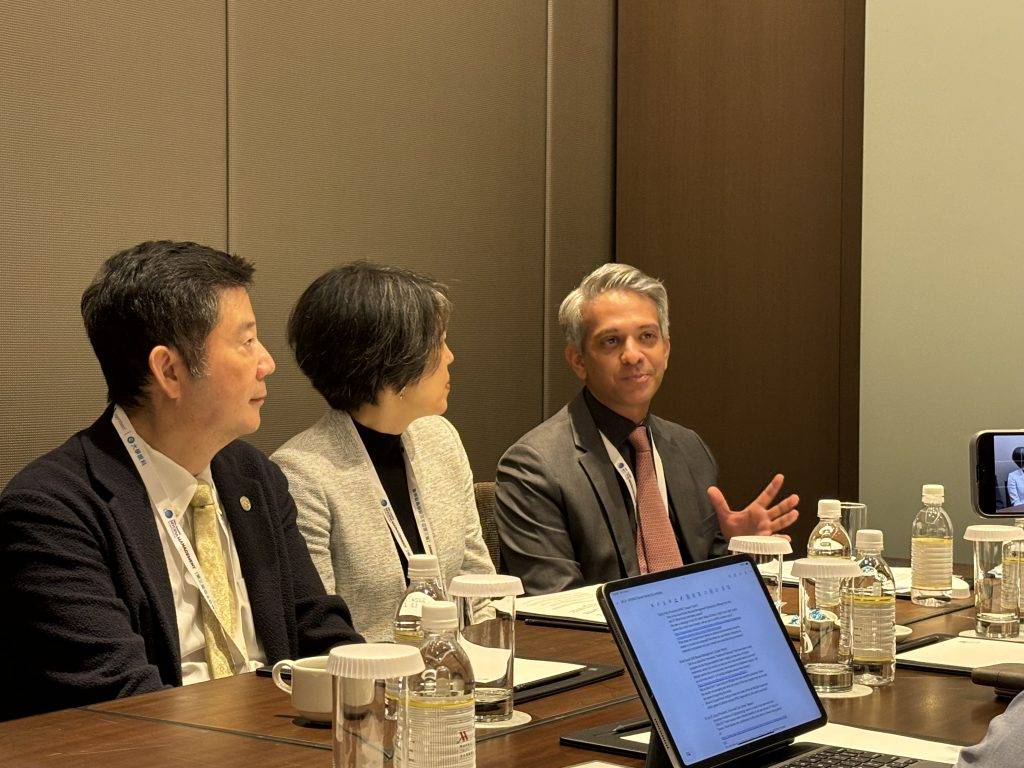
But do kids really want to wear these lenses?
Gupta shared, “The study showed that 9 out of 10 kids preferred contact lenses over other types of myopia control. So both from the standpoint of compliance and preference, it seems that soft contact lenses are the way to go.”
A clearer way forward for myopia management
“It boils down to the education of the public and healthcare professionals and the partnerships and alliance in the industry which we have been trying to form in many different ways,” concluded Park.
Dr Wu, who is also the author of the paper “The World is Going Blind”, shared about an outdoor program for children aptly named “Tian Tian 120”, which encourages kids to have a minimum of 120 minutes of outdoor time a day. The results, he shared, have shown a significant decrease in myopia rates for participating students.
Dr Lin of UEC added that it was important for optometrists and ophthalmologists to work closely together to give complete coverage to a patient’s treatment — from primary care to specialist assessment and treatment.
To parents who are resistant to starting their children on myopia management, Dr Foo added these points: “Firstly, I’d like to emphasise that myopia is a disease, not just an inconvenience. Secondly, we have a range of myopia control interventions that can suit your child’s needs, and thirdly, it is advisable to act early to prevent myopia from escalating.”







